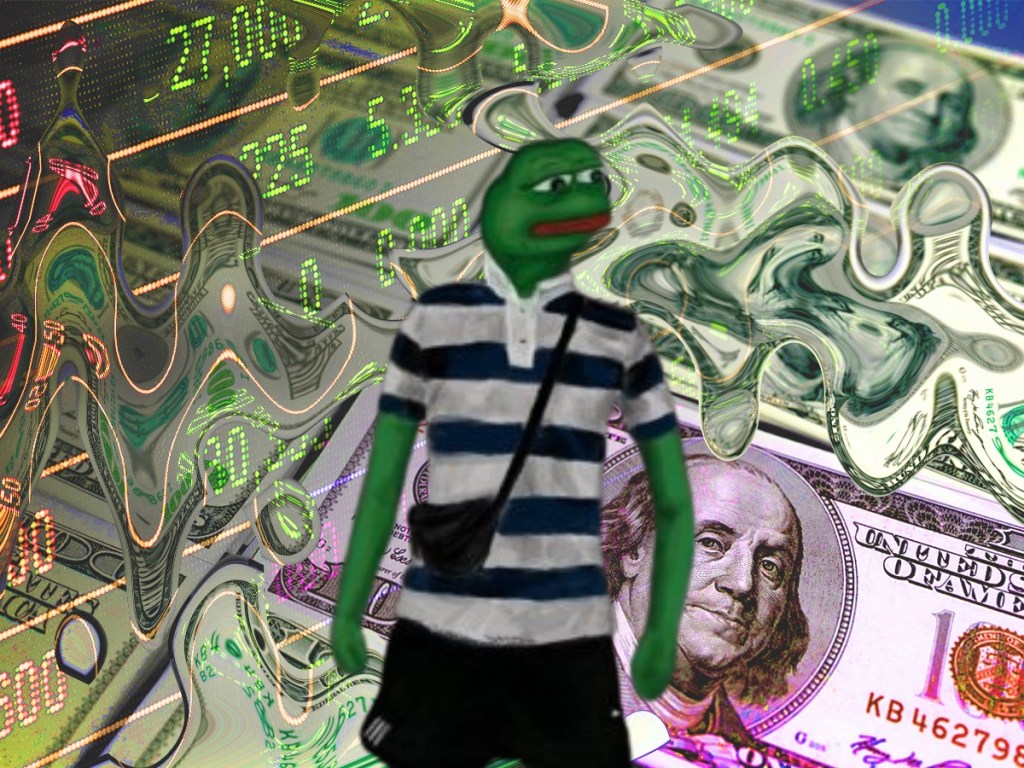FTX trader: In the early days of November last year, one of the world’s largest crypto exchanges, FTX, went down in flames. The crypto industry reeled from the unexpected and rapid demise of the exchange, and the revelation that FTX’s founder, crypto wunderkind Sam Bankman-Fried had been misusing billions in customer funds caught many crypto enthusiasts completely off guard.
While the vast majority of investors, journalists and analysts struggled to wrap their heads around the fact that Bankman-Fried’s once revered trading prowess was nothing more than an extremely well-fabricated facade, there were a small number of extremely proficient traders who had been profiting off the “greed and arrogance” of the exchange for years in the lead up to its untimely demise.
One such go-getter was the pseudonymous “eshay turned trader”, Adlay.eth.
In an interview with The Chainsaw Adlay tells the story of how he managed to “systematically extract value” to the tune of a 5000% profit by gaining a strategic edge over the near-invisible book balancing strategies utilised by the once-multi-billion-dollar empire at the peak of its supposed success.
FTX trader: Here’s what happened
Here’s how it all went down.
“When you offer financial instruments that are derivatives they obviously need to have some sort of value backing them, since the fact that something called BTC-FUTURE isn’t enough to give it value,” Adlays explains.
How this is usually established, is through simple trade orders, like offering a Bitcoin futures contract, and traders will trade the price until the market thinks that it’s of “fair value”.
Adlay points out that FTX made a fatal mistake when it offered these types of financial products to the broader market, oftentimes choosing to back them with something called “tokenised assets” instead of a real asset. This then opened up a hole in FTX’s books that allowed Adlay to jump in and scrape a healthy margin of profit.
“Sam was greedy,” Adlay said.
“He didn’t want to wait for liquidity to come to give the market value. So what he did was use something called ‘tokenised assets’.”
“My personal favourites were these things called bull/bear tokens. Basically, if you own this thing called BTCBULL you would get 3x long exposure to Bitcoin. If Bitcoin goes up 10%, you earn 30%. On the other side was BTCBEAR which offered 3x short exposure. If Bitcoin goes down 10%, you make 30%.”

FTX trader: Tokenised assets
It’s worth noting here that these tokenised assets are not given value through means of traditional trading and are instead “backed” by a certain amount of liquidity in a market with respect to the tokenised asset.
“So BTCBULL is backed by ‘3x’ worth of long leverage in the form of Bitcoin perpetual contracts, which is yet another derivative,” he notes.
Since the perpetual markets (markets that allow traders to buy or sell an asset without a specified delivery date) are a publicly traded market, this meant that all the holders of bull tokens would lose their leverage if the market was to go up since other investors are going long and using up that liquidity. Similarly, if investors have a bear token when the market went down, they would also lose leverage.
“Essentially, all of this meant that a 3x bull token might only have 1.5x worth of leverage. And while the correct choice lost leverage, the incorrect choice would gain leverage, making this a lose lose instrument,” Adlay explains further.
For those of you reading along and wondering what all of this means, it ultimately spells out a significant problem that FTX had to constantly fix up by “rebalancing” the leverage of these tokens, which they did at certain intervals throughout the day. Adlay generously describes the process as the most “idiotic rebalancing procedure” he’d ever seen.
“To ‘rebalance’ the leverage of these bull/bear tokens, FTX would routinely inject a certain amount of liquidity to back the bull/bear tokens.”
Failures
Adlay also draws attention to the fact that FTX didn’t actually manage the rebalancing of these tokens itself, instead it chose to outsource the process to a shell company called ‘Baskets LTD’ which operated out of Antigua. A closer look at their bankruptcy filing documents show that Baskets have a gaping whole in their balance sheet, which could spell potential losses of up to US$50 billion.
It was at this critical moment of ‘rebalancing’ that Adlay chose to strike. By calculating how much capital FTX needed to inject and when they would choose do it, he could make a leveraged countertrade of that move for significant profit.
“Eventually, I was able to calculate exactly how much they needed to inject and in what direction they’d do it.”
“This entailed me doing the same directional trade as FTX a few seconds before they did it. I would use all my capital at 20x leverage due to the trade being that constant. This resulted in about 20-50% of profit per day for me,” Adlay explains.
“This worked for around three to four months, and it was when I was up about 2000% that Sam Bankman-Fried decided to ‘brick’ (close down) my account and change the rebalancing process so they could frontrun my frontrun.”
“Luckily for me, FTX’s onboarding process was easier than Gmail in 2004 and I made burner accounts that I could loop my capital into and continue to extract value from SBF.”
Rebalancing
Now that Adlay was primed with multiple accounts and FTX now choosing to frontrun their own rebalancing — with funds that were probably never actually theirs — Adlay ended up being able to scrape even more profit from the exchange, bringing his total exploit of FTX to a total of 5000% over time.
He says that this process went on for nearly eighteen months, saying that he’s only just comes to terms with the reality that he will most likely never “get gains that good ever again” due to FTX’s rebalancing process being a rare bird in terms of inefficiency and greed.
While Adlay was pleased to have made some serious money from Sam Bankman-Fried and his associate’s ineptitude as traders, he also points out that this situation makes it very clear that Bankman-Fried shouldn’t be allowed to go down in history as anything that comes close to being a savant.
“I just hope that this all of this able to provide some insight into how bad Sam Bankman-Fried was as a whole. It should really make you have a think if you ever thought he was a genius.”
Quotes in this article have been lightly edited for brevity and flow.



